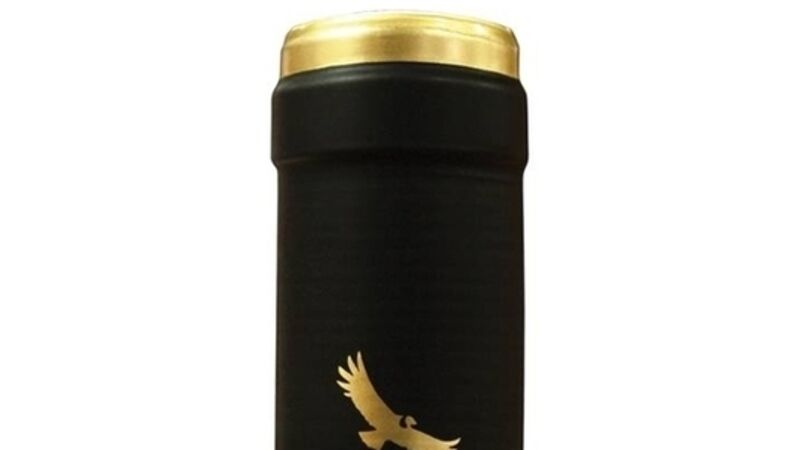Santa Alicia Reserva Malbec

There was a time when this question was what distinguished the old world from the new with a typical French or Italian winemaker describing themselves as mere stewards of the land whose job was to interfere as little as possible and let nature do her work.
20 years ago the average Californian or Kiwi winemaker would have taken most of the credit. Visits to Spain and France this year, however, showed just how much the wine world has changed and I was shown far more computer-controlled fermentation tanks than vineyards. Talking with Clive Westin of Nautilus Wines from New Zealand recently I was pleased that we talked about soil and vineyards rather than technological innovations. We talked for example about the natural acidity and minerality of grapes from the Opawa vineyard (“smoky water” in Maori) located on a dry river bed which produces most of their nervy and (relatively) subtle Sauvignon Blanc. We also talked about how the Clay Hills in Marlborough provided the backbone for Nautilus Pinot Noir while the cooler vineyards of Kaituna and Awatere provide structure and fragrance. Nautilus’s Pinot has a lovely dense red-currant and spicy plum flavoured character and is available for around €28 in McCabes Blackrock, 64 Wines and Superquinn.











